
Coders Conquer Security: Share & Learn Series - XXE Injection
The XML External Entity Injection attack, sometimes simply abbreviated as XXE injection, is relatively new compared with some of the classic vulnerabilities that are still making the rounds years after their inception. But it's extremely popular among hacking communities right now, and growing even more so as it racks up successes.
In fact, OWASP now lists XXE injection as one of the top ten vulnerabilities that sites need to watch out for and actively defend against. But don't worry, XXE injection isn't any more powerful than other exploits being deployed in cyberattacks. It's just a little bit newer and a little bit less understood. It can be prevented, and in fact, completely halted.
In this episode we will learn:
- How attackers use XXE injections
- Why XXE injection is dangerous
- Techniques that can prevent this vulnerability.
How do Attackers Trigger an XXE Injection?
The XXE injection vulnerability can occur when a malicious user is given the ability to submit XML code. They use this ability to create a reference to an external entity. The external reference and the code is designed to slip past an XML parser with default settings, or one with weakly configured settings.
The attacker exploits the fact that the XML standard defines the concept of an entity as a storage unit of some type, but that storage can be external or internal. Used properly, it can allow XML processors to access remote resources. More often than not, attackers use this ability to instead do things like probing the internal structure of a website, launching a denial of service attack by triggering large system processes trying to access remote resources, or even dump data from a local host to a remote one that they control " making it a good technique for exfiltrating important data like passwords or personal information contained in the XML database.
The actual code involved in the attack is often fairly simplistic, merely exploiting the entity functionality. For example, this might allow a hacker to access the master password file:
<!ENTITY hackwithxxe SYSTEM file:///etc/password>
Why is XXE Injection Dangerous?
There are a few reasons why XXE injection attacks are so dangerous, and also prevalent. For one, it's a less understood vulnerability right now. And the gains that an attacker can make by exploiting it are considerable. For one, it can allow persistent attackers to slowly map all paths in an internal network or even scan ports. Although this might take a fair amount of time, there is almost no chance that a hacker's activity will be uncovered by active defenses on the target network because they are simply sending XML code into a server that is being cleared by the trusted XML parser.
Once mapped out, attackers can use the same XXE injection techniques to capture whatever files they need, either directly stealing information or by compromising valid user credentials and using them for secondary attacks. Finally, attackers that just want to make noise and be malicious can do things like triggering denial of service attacks, ordering the application to try and access distant resources designed to bog down the system.
Eliminating the XXE Injection Vulnerability
Because of the rapid increase in XXE injection attacks, many XML parsers are starting to disable external entities, sometimes called DTDs, completely by default. For those, the key is simply not enabling that functionality.
But even parsers that allow DTDs can have that functionality disabled. In general, a statement like the following is going to be needed to completely block it, but check your local framework documentation to get the exact code needed.
factory.setFeature("http://apache.org/xml/features/disallow-doctype-decl", true);
Following security principles, all user input should be sanitized and validated using application-wide filters. Don't forget to include GET and POST parameters, HTTP headers, and cookies. You can also create a whitelist of specific DTDs and commands that you want the parser to process, and disallow everything else.
While whitelisting and filtering works, because of the rising number of XXE injection attacks, it is still recommended that DTD support be completely disabled if the functionality is not required.
More Information about XXE Injections
For further reading, you can take a look at what OWASP says about XXE injection attacks. You can also put your newfound defensive knowledge to the test with the free demo of the Secure Code Warrior platform, which trains cybersecurity teams to become the ultimate cyber warriors. To learn more about defeating this vulnerability, and a rogues'gallery of other threats, visit the Secure Code Warrior blog.


The XML External Entity Injection attack, sometimes simply abbreviated as XXE injection, is relatively new, but it's extremely popular among hacking communities right now, and growing even more so as it racks up successes.
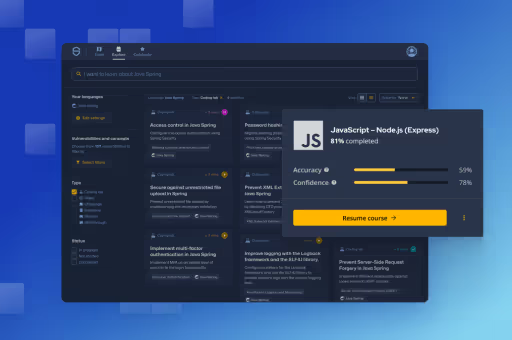
Secure Code Warrior is here for your organization to help you secure code across the entire software development lifecycle and create a culture in which cybersecurity is top of mind. Whether you’re an AppSec Manager, Developer, CISO, or anyone involved in security, we can help your organization reduce risks associated with insecure code.
Book a demo

The XML External Entity Injection attack, sometimes simply abbreviated as XXE injection, is relatively new compared with some of the classic vulnerabilities that are still making the rounds years after their inception. But it's extremely popular among hacking communities right now, and growing even more so as it racks up successes.
In fact, OWASP now lists XXE injection as one of the top ten vulnerabilities that sites need to watch out for and actively defend against. But don't worry, XXE injection isn't any more powerful than other exploits being deployed in cyberattacks. It's just a little bit newer and a little bit less understood. It can be prevented, and in fact, completely halted.
In this episode we will learn:
- How attackers use XXE injections
- Why XXE injection is dangerous
- Techniques that can prevent this vulnerability.
How do Attackers Trigger an XXE Injection?
The XXE injection vulnerability can occur when a malicious user is given the ability to submit XML code. They use this ability to create a reference to an external entity. The external reference and the code is designed to slip past an XML parser with default settings, or one with weakly configured settings.
The attacker exploits the fact that the XML standard defines the concept of an entity as a storage unit of some type, but that storage can be external or internal. Used properly, it can allow XML processors to access remote resources. More often than not, attackers use this ability to instead do things like probing the internal structure of a website, launching a denial of service attack by triggering large system processes trying to access remote resources, or even dump data from a local host to a remote one that they control " making it a good technique for exfiltrating important data like passwords or personal information contained in the XML database.
The actual code involved in the attack is often fairly simplistic, merely exploiting the entity functionality. For example, this might allow a hacker to access the master password file:
<!ENTITY hackwithxxe SYSTEM file:///etc/password>
Why is XXE Injection Dangerous?
There are a few reasons why XXE injection attacks are so dangerous, and also prevalent. For one, it's a less understood vulnerability right now. And the gains that an attacker can make by exploiting it are considerable. For one, it can allow persistent attackers to slowly map all paths in an internal network or even scan ports. Although this might take a fair amount of time, there is almost no chance that a hacker's activity will be uncovered by active defenses on the target network because they are simply sending XML code into a server that is being cleared by the trusted XML parser.
Once mapped out, attackers can use the same XXE injection techniques to capture whatever files they need, either directly stealing information or by compromising valid user credentials and using them for secondary attacks. Finally, attackers that just want to make noise and be malicious can do things like triggering denial of service attacks, ordering the application to try and access distant resources designed to bog down the system.
Eliminating the XXE Injection Vulnerability
Because of the rapid increase in XXE injection attacks, many XML parsers are starting to disable external entities, sometimes called DTDs, completely by default. For those, the key is simply not enabling that functionality.
But even parsers that allow DTDs can have that functionality disabled. In general, a statement like the following is going to be needed to completely block it, but check your local framework documentation to get the exact code needed.
factory.setFeature("http://apache.org/xml/features/disallow-doctype-decl", true);
Following security principles, all user input should be sanitized and validated using application-wide filters. Don't forget to include GET and POST parameters, HTTP headers, and cookies. You can also create a whitelist of specific DTDs and commands that you want the parser to process, and disallow everything else.
While whitelisting and filtering works, because of the rising number of XXE injection attacks, it is still recommended that DTD support be completely disabled if the functionality is not required.
More Information about XXE Injections
For further reading, you can take a look at what OWASP says about XXE injection attacks. You can also put your newfound defensive knowledge to the test with the free demo of the Secure Code Warrior platform, which trains cybersecurity teams to become the ultimate cyber warriors. To learn more about defeating this vulnerability, and a rogues'gallery of other threats, visit the Secure Code Warrior blog.

The XML External Entity Injection attack, sometimes simply abbreviated as XXE injection, is relatively new compared with some of the classic vulnerabilities that are still making the rounds years after their inception. But it's extremely popular among hacking communities right now, and growing even more so as it racks up successes.
In fact, OWASP now lists XXE injection as one of the top ten vulnerabilities that sites need to watch out for and actively defend against. But don't worry, XXE injection isn't any more powerful than other exploits being deployed in cyberattacks. It's just a little bit newer and a little bit less understood. It can be prevented, and in fact, completely halted.
In this episode we will learn:
- How attackers use XXE injections
- Why XXE injection is dangerous
- Techniques that can prevent this vulnerability.
How do Attackers Trigger an XXE Injection?
The XXE injection vulnerability can occur when a malicious user is given the ability to submit XML code. They use this ability to create a reference to an external entity. The external reference and the code is designed to slip past an XML parser with default settings, or one with weakly configured settings.
The attacker exploits the fact that the XML standard defines the concept of an entity as a storage unit of some type, but that storage can be external or internal. Used properly, it can allow XML processors to access remote resources. More often than not, attackers use this ability to instead do things like probing the internal structure of a website, launching a denial of service attack by triggering large system processes trying to access remote resources, or even dump data from a local host to a remote one that they control " making it a good technique for exfiltrating important data like passwords or personal information contained in the XML database.
The actual code involved in the attack is often fairly simplistic, merely exploiting the entity functionality. For example, this might allow a hacker to access the master password file:
<!ENTITY hackwithxxe SYSTEM file:///etc/password>
Why is XXE Injection Dangerous?
There are a few reasons why XXE injection attacks are so dangerous, and also prevalent. For one, it's a less understood vulnerability right now. And the gains that an attacker can make by exploiting it are considerable. For one, it can allow persistent attackers to slowly map all paths in an internal network or even scan ports. Although this might take a fair amount of time, there is almost no chance that a hacker's activity will be uncovered by active defenses on the target network because they are simply sending XML code into a server that is being cleared by the trusted XML parser.
Once mapped out, attackers can use the same XXE injection techniques to capture whatever files they need, either directly stealing information or by compromising valid user credentials and using them for secondary attacks. Finally, attackers that just want to make noise and be malicious can do things like triggering denial of service attacks, ordering the application to try and access distant resources designed to bog down the system.
Eliminating the XXE Injection Vulnerability
Because of the rapid increase in XXE injection attacks, many XML parsers are starting to disable external entities, sometimes called DTDs, completely by default. For those, the key is simply not enabling that functionality.
But even parsers that allow DTDs can have that functionality disabled. In general, a statement like the following is going to be needed to completely block it, but check your local framework documentation to get the exact code needed.
factory.setFeature("http://apache.org/xml/features/disallow-doctype-decl", true);
Following security principles, all user input should be sanitized and validated using application-wide filters. Don't forget to include GET and POST parameters, HTTP headers, and cookies. You can also create a whitelist of specific DTDs and commands that you want the parser to process, and disallow everything else.
While whitelisting and filtering works, because of the rising number of XXE injection attacks, it is still recommended that DTD support be completely disabled if the functionality is not required.
More Information about XXE Injections
For further reading, you can take a look at what OWASP says about XXE injection attacks. You can also put your newfound defensive knowledge to the test with the free demo of the Secure Code Warrior platform, which trains cybersecurity teams to become the ultimate cyber warriors. To learn more about defeating this vulnerability, and a rogues'gallery of other threats, visit the Secure Code Warrior blog.

Click on the link below and download the PDF of this resource.
Secure Code Warrior is here for your organization to help you secure code across the entire software development lifecycle and create a culture in which cybersecurity is top of mind. Whether you’re an AppSec Manager, Developer, CISO, or anyone involved in security, we can help your organization reduce risks associated with insecure code.
View reportBook a demoThe XML External Entity Injection attack, sometimes simply abbreviated as XXE injection, is relatively new compared with some of the classic vulnerabilities that are still making the rounds years after their inception. But it's extremely popular among hacking communities right now, and growing even more so as it racks up successes.
In fact, OWASP now lists XXE injection as one of the top ten vulnerabilities that sites need to watch out for and actively defend against. But don't worry, XXE injection isn't any more powerful than other exploits being deployed in cyberattacks. It's just a little bit newer and a little bit less understood. It can be prevented, and in fact, completely halted.
In this episode we will learn:
- How attackers use XXE injections
- Why XXE injection is dangerous
- Techniques that can prevent this vulnerability.
How do Attackers Trigger an XXE Injection?
The XXE injection vulnerability can occur when a malicious user is given the ability to submit XML code. They use this ability to create a reference to an external entity. The external reference and the code is designed to slip past an XML parser with default settings, or one with weakly configured settings.
The attacker exploits the fact that the XML standard defines the concept of an entity as a storage unit of some type, but that storage can be external or internal. Used properly, it can allow XML processors to access remote resources. More often than not, attackers use this ability to instead do things like probing the internal structure of a website, launching a denial of service attack by triggering large system processes trying to access remote resources, or even dump data from a local host to a remote one that they control " making it a good technique for exfiltrating important data like passwords or personal information contained in the XML database.
The actual code involved in the attack is often fairly simplistic, merely exploiting the entity functionality. For example, this might allow a hacker to access the master password file:
<!ENTITY hackwithxxe SYSTEM file:///etc/password>
Why is XXE Injection Dangerous?
There are a few reasons why XXE injection attacks are so dangerous, and also prevalent. For one, it's a less understood vulnerability right now. And the gains that an attacker can make by exploiting it are considerable. For one, it can allow persistent attackers to slowly map all paths in an internal network or even scan ports. Although this might take a fair amount of time, there is almost no chance that a hacker's activity will be uncovered by active defenses on the target network because they are simply sending XML code into a server that is being cleared by the trusted XML parser.
Once mapped out, attackers can use the same XXE injection techniques to capture whatever files they need, either directly stealing information or by compromising valid user credentials and using them for secondary attacks. Finally, attackers that just want to make noise and be malicious can do things like triggering denial of service attacks, ordering the application to try and access distant resources designed to bog down the system.
Eliminating the XXE Injection Vulnerability
Because of the rapid increase in XXE injection attacks, many XML parsers are starting to disable external entities, sometimes called DTDs, completely by default. For those, the key is simply not enabling that functionality.
But even parsers that allow DTDs can have that functionality disabled. In general, a statement like the following is going to be needed to completely block it, but check your local framework documentation to get the exact code needed.
factory.setFeature("http://apache.org/xml/features/disallow-doctype-decl", true);
Following security principles, all user input should be sanitized and validated using application-wide filters. Don't forget to include GET and POST parameters, HTTP headers, and cookies. You can also create a whitelist of specific DTDs and commands that you want the parser to process, and disallow everything else.
While whitelisting and filtering works, because of the rising number of XXE injection attacks, it is still recommended that DTD support be completely disabled if the functionality is not required.
More Information about XXE Injections
For further reading, you can take a look at what OWASP says about XXE injection attacks. You can also put your newfound defensive knowledge to the test with the free demo of the Secure Code Warrior platform, which trains cybersecurity teams to become the ultimate cyber warriors. To learn more about defeating this vulnerability, and a rogues'gallery of other threats, visit the Secure Code Warrior blog.
Table of contents

Secure Code Warrior is here for your organization to help you secure code across the entire software development lifecycle and create a culture in which cybersecurity is top of mind. Whether you’re an AppSec Manager, Developer, CISO, or anyone involved in security, we can help your organization reduce risks associated with insecure code.
Book a demoDownloadResources to get you started
Trust Agent: AI by Secure Code Warrior
This one-pager introduces SCW Trust Agent: AI, a new set of capabilities that provide deep observability and governance over AI coding tools. Learn how our solution uniquely correlates AI tool usage with developer skills to help you manage risk, optimize your SDLC, and ensure every line of AI-generated code is secure.










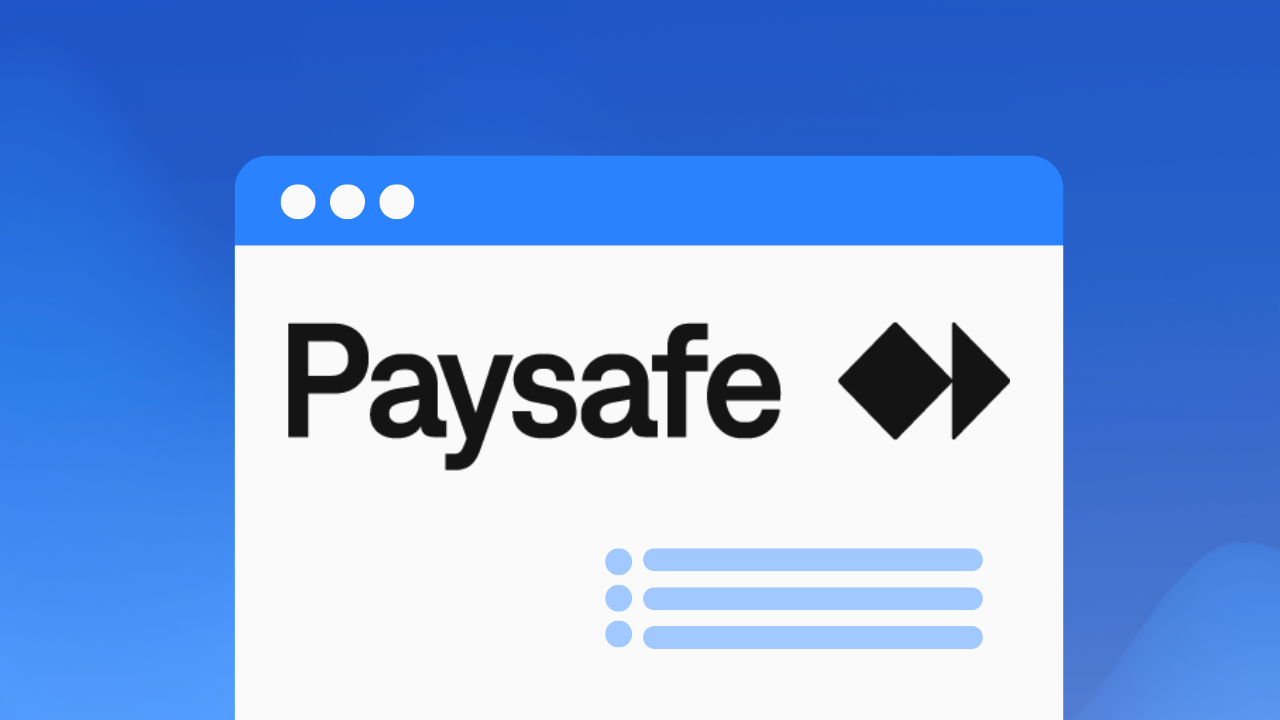
.png)
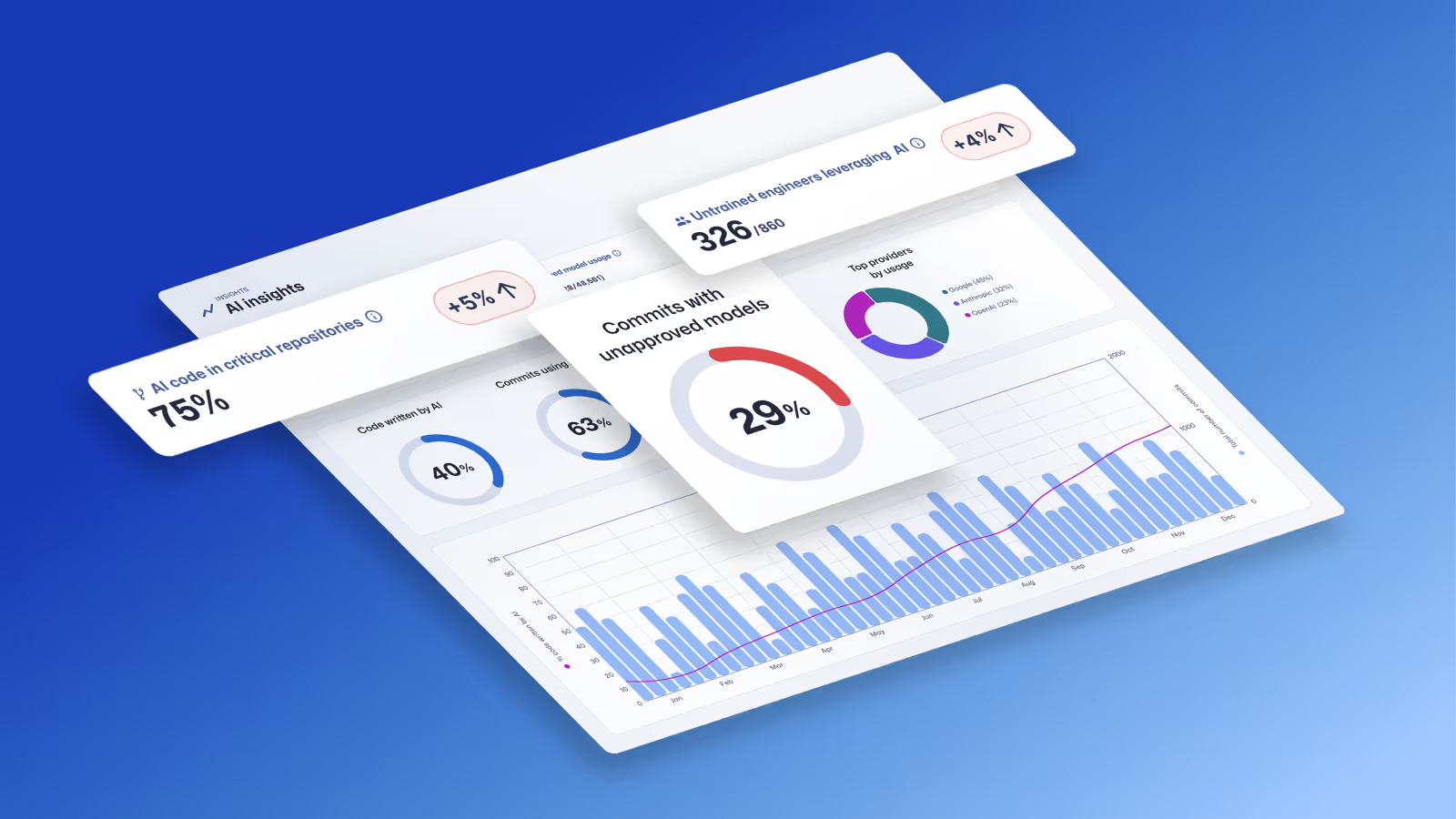
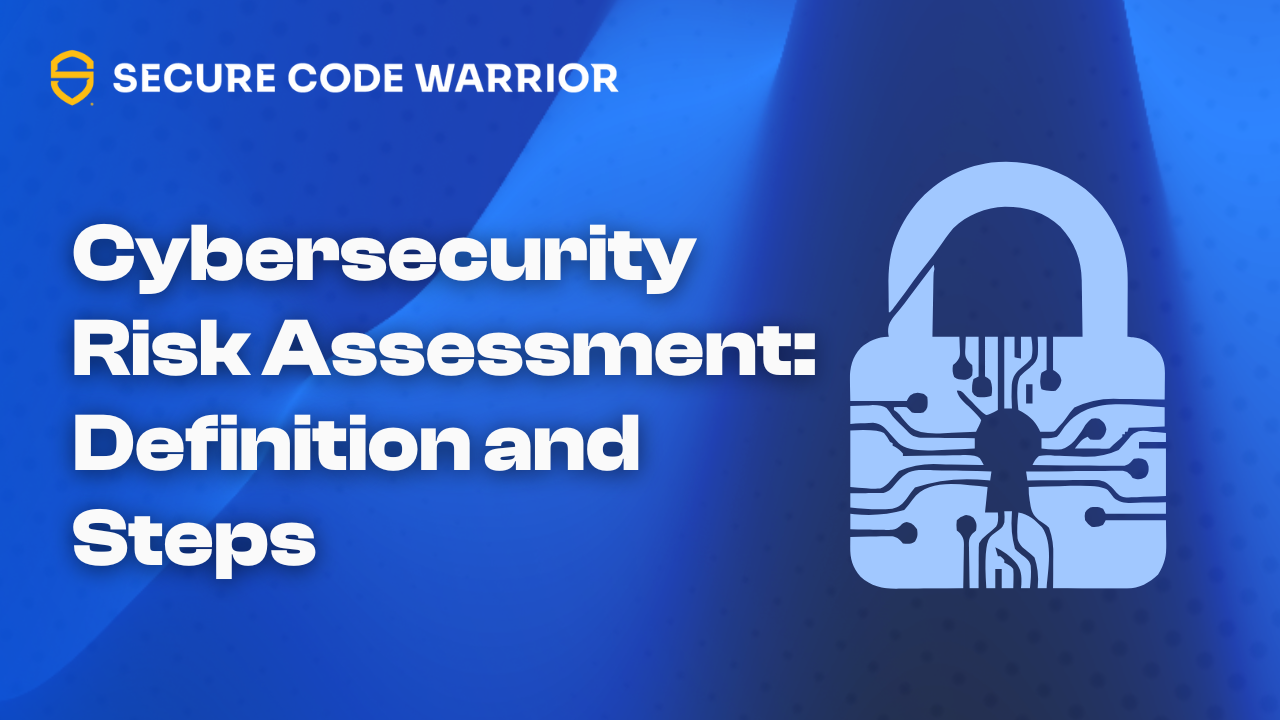
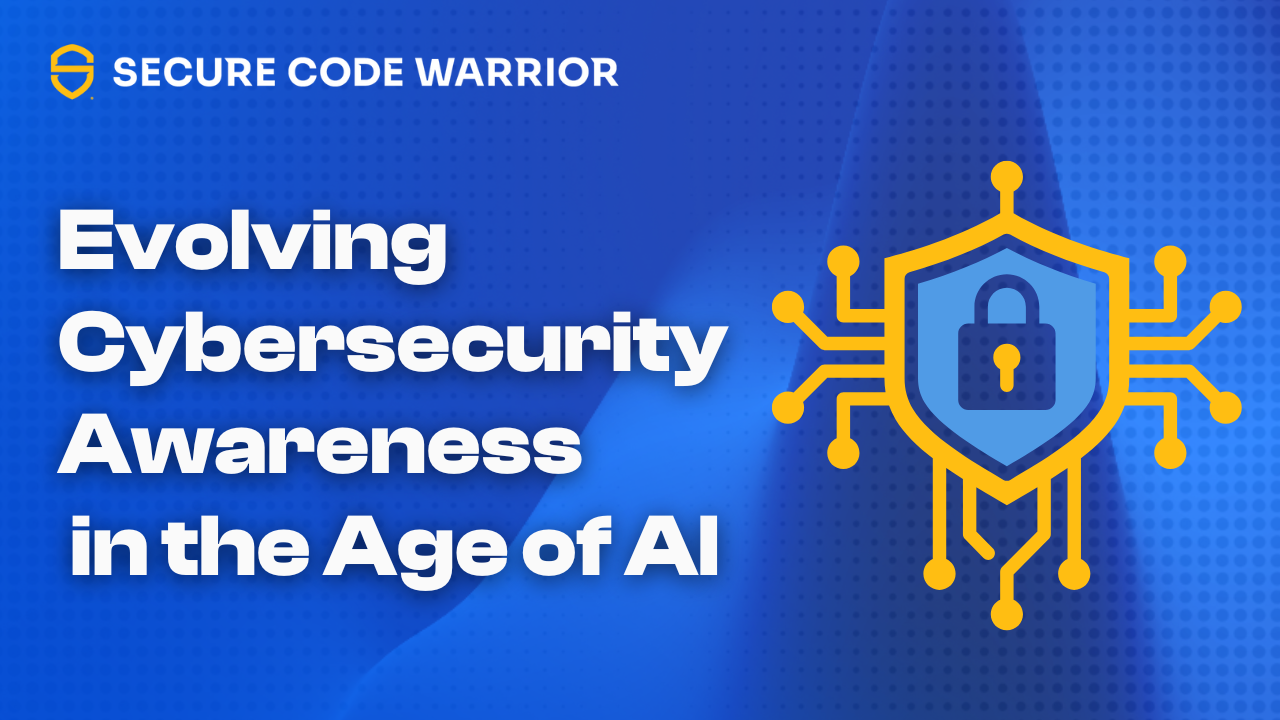
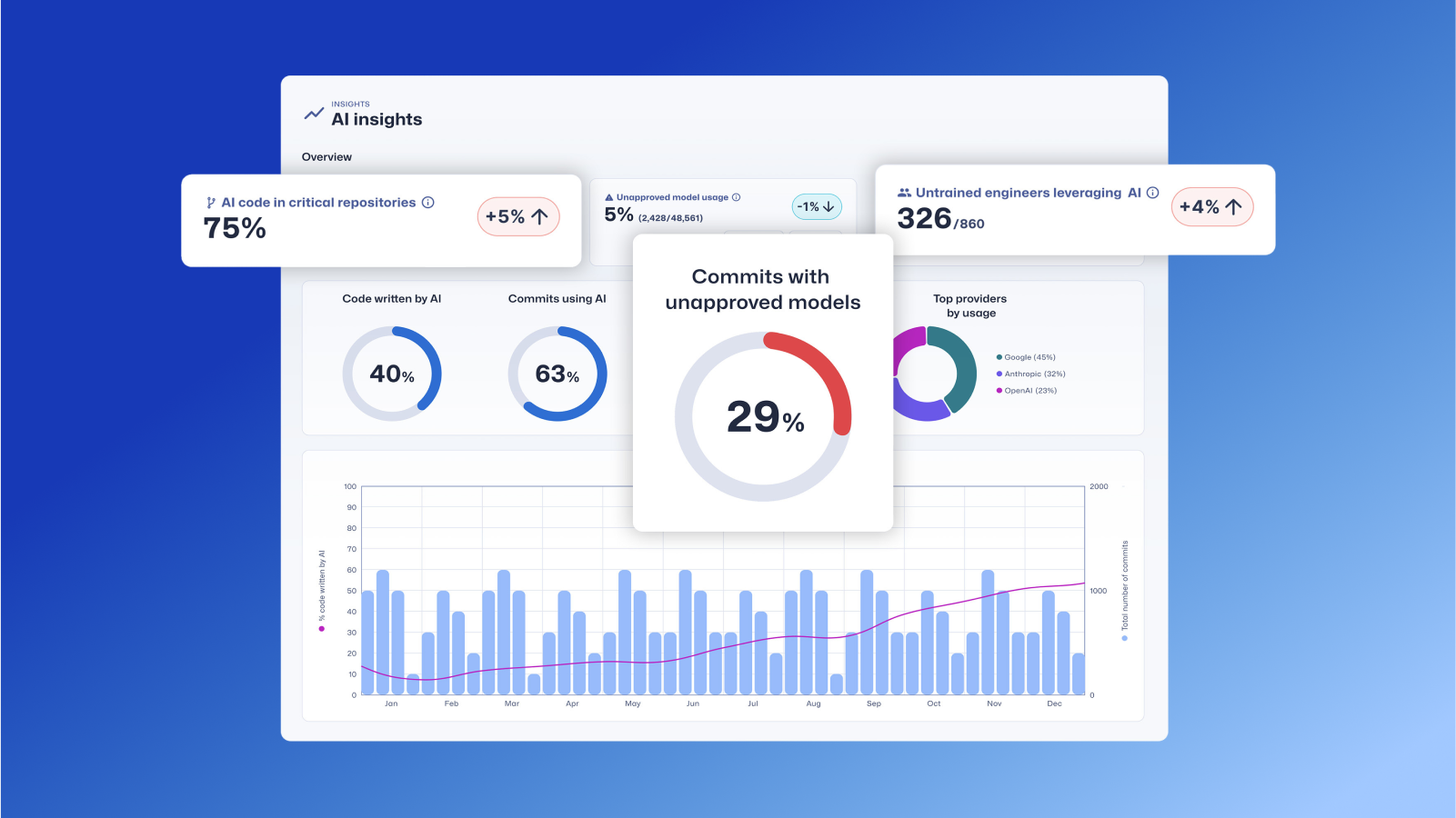
.avif)
